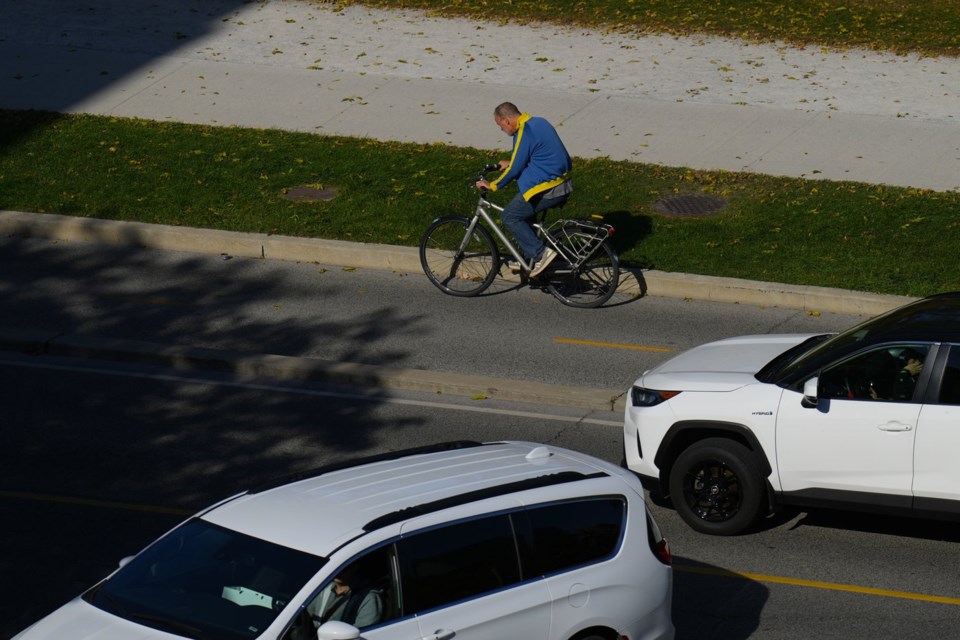TORONTO — Ontario's plan to remove bike lanes on three major roads in Toronto will cost more than $48 million and likely lead to only minimally faster commutes for drivers, city staff say in a new report.
The Progressive Conservative government is fast-tracking legislation that would require municipalities to ask the province for permission to install bike lanes when they would remove a lane of vehicle traffic.
It also plans to go one step further and remove sections of Bloor Street, Yonge Street, and University Avenue bike lanes and restore them as lanes for vehicle traffic.
But Toronto Mayor Olivia Chow, an avid cyclist herself, asked city staff to look into what can be done because she says the legislation will overturn the decisions and work of a democratically elected council at "tremendous" cost to the taxpayer.
The subject of bike lanes has sparked heated debate in recent weeks, but Chow told her council colleagues at a meeting Thursday it doesn't matter what side of the issue they fall on — they should stand up for local democracy and municipal jurisdiction.
"Whether you support bike lanes or you don't support bike lanes, I think it's important that this council and the people of Toronto have the respect they deserve," Chow said.
"Once a decision is made we deserve the respect because we are a level of government. Each ... councillor is duly elected by your constituents."
Chow said she wants to know if there are grounds for litigation, and the city solicitor will look at that once the province's regulations are finalized and the bill passes.
Staff say in their report that the estimated cost of over $48 million includes road reconstruction and road resurfacing.
Provincial officials disputed that estimate, but did not provide their own. They noted that previous bike lane removals in the city cost far less, including about $300,000 for bike lane removals on Jarvis Street.
"Toronto is the one of the economic drivers of this country, but we are losing more than $11 billion every year to gridlock and congestion," Dakota Brasier, a spokesperson for Transportation Minister Prabmeet Sarkaria wrote in a statement.
"Bike lanes should only go where they make sense. It's clear that the city's approach isn't working and we encourage them to listen to the thousands of common sense drivers to help clear our major roads and get people out of traffic."
Premier Doug Ford has cited traffic congestion as the reason for removing the bike lanes, but city staff say travel times will get worse during that construction work and there will likely be "minimal improvements in travel time once lanes are removed."
"When a motor vehicle lane is considered for removal, traffic analysis is completed and staff work to mitigate impacts in the design, such as managing traffic capacity at intersections through the inclusion of turn lanes," staff wrote.
"The experience in Toronto has been that while travel times for people driving are sometimes found to increase immediately following the installation of bike lanes that impact motor vehicle lanes, once further adjustments are made to optimize operations, the long-term impacts to travel time for drivers are generally minor."
Chow suggested that if the province is concerned about congestion, they should ensure the long-delayed Eglinton LRT opens.
The estimated price tag doesn't include any potential costs associated with changing or cancelling existing construction or maintenance contracts, staff said.
The bike lanes have also led to large increases in cyclists along those roads, staff wrote, and have led to decreases in collisions and injuries to cyclists, pedestrians and drivers.
This report by The Canadian Press was first published Nov. 14, 2024.
Allison Jones, The Canadian Press




